New multi-factor model aims to map out the road to healthy lifestyle in recovery
One prerequisite to preventing and addressing a health condition is that we identify its ‘causes’ (etiology.) In the addiction field, numerous factors have been shown to affect an individual’s likelihood of developing a substance use disorder (SUD): Heredity, social and economic environment, and behavior, to name a few.
Some factors are more amenable to intervention than others – e.g., heredity is fixed. Historically, in the treatment context, we’ve tended to focus on the individual’s behavior (i.e., drinking and/or drugging) as the problem, and focused intervention on that. More recently, science has documented the key roles of brain chemistry, as well as social influences, mental and emotional states, coping strategies, and physical sensations as partial determinants of substance use among people with Substance Use Disorders. Substance use is the presenting symptom, not the problem.
Human behaviors are complex, and few can be explained by any single factor. Substance use is no exception. Many theories and models have been developed over the years to organize the determinants of substance use, with the ultimate goal of preventing it or more often, assisting an addicted individual in becoming sober. This a challenging task at the theoretical level–even more so for those developing clinical interventions and systems, and for clinicians, whose resources are often constrained and who have limited influence on key substance use predictors, like social environment.
As the concept of ‘recovery’ is increasingly guiding the substance abuse field, services and supports are now expected to target areas that not only help with cessation of substance use, but also promote recovery maintenance. While many definitions have been advanced in the past decade, recovery commonly refers to sobriety, plus improvement in overall functioning and quality of life. This makes it more critical to understand the determinants of substance use in the individual’s daily context.
To that end, the authors of a new article are putting forth a six- domain model, the Life Balance Model (LBM) that builds on previous work, especially the five-factor cognitive-behavioral model. Central to these models is dynamic interaction among domains—this is hypothesized to moderate levels of a target behavior (substance use in the case context).
One benefit of models like this is that they identify key domains of intervention and how they are related. This allows clinicians and the individuals themselves to better understand what may trigger (or prevent) substance use through ‘node link mapping’ – i.e., mapping out how various internal and external factors influence behavior, individually and combined.
The LBM model consists of six factors that interact dynamically:
- Difficult (stressful) situations: e.g., exposure to drugs or alcohol, difficulties at work or with a partner
- Negative thoughts, such as hopelessness
- Unhelpful behaviors, such as substance use, angry outburst, or isolation
- Physical sensations, e.g., cravings
- Emotional states, such as depression and anxiety; and
- Lifestyle, as conceptualized by the study authors.
Difficult situations influence emotional states and negative thoughts. In turn, emotional states influence physical sensations that trigger unhelpful behaviors and yield negative thoughts. Lifestyle, depicted as the centerpiece of the model, impacts emotions, negative thoughts, physical sensations and unhelpful behaviors.
The most innovative aspect of the LBM is its inclusion of “lifestyle’ as one of its domains. The authors are quick to specify that their concept of ‘lifestyle’ does not imply that substance use is a choice. Rather, they offer this definition: “(…) The authors intend the term to mean the key ingredients that make up a person’s health and wellbeing, including (but not limited to) relationships, employment status and accommodation” (p. 4).
The inclusion of lifestyle balance in the model is based on Marlatt’s relapse prevention guidelines outlined in a 2002 article. Marlatt defined ‘lifestyle balance’ as: “…the degree of equilibrium that exists in one’s daily life between the variety of activities a person engages in and the effects of those activities on one’s level of health and wellbeing (…) lifestyle balance refers to the amount of stress in a person’s daily life compared with stress reducing activities [and]…is also related to diet, social relationships, and spiritual endeavours” (p. 38).
Defined thus, lifestyle, and lifestyle balance, are critical to substance use, since behavior is often regarded as an unhealthy coping response to stressful events, emotions or conditions.
How can LBM help addiction clinicians and their clients initiate and sustain behavior change? The most promising loci of intervention are not situations, but rather how an individual reacts to a situation: The emotions, physical sensations and thoughts the situation triggers, and how the individual behaves in response.
This is where ‘recovery work’ comes in, in the form of acquiring healthy strategies to successfully handle (i.e., without resorting to substance use) stressful situations and resulting emotions. The model helps articulate the areas involved and the sequence in which they occur to influence substance use.
LBM is also useful in facilitating an understanding of positive and negative areas in an individual’s life – and how to bring them into greater balance. Clinicians and clients can use this in various ways. For example, where ‘difficult situations’ seem related to social interactions with a specific person or group, it would suggest a negative influence that may best be avoided to prevent relapse.
Another way LBM can assist in identifying imbalance and increasing balance is to ‘map’ and reflect on situations that lead to substance use but also on those that did not. These may point to positive activities and situations that should be practiced in the context of developing a healthy, balanced lifestyle.
The model is intentionally generic in labeling its domains, to facilitate clinicians and SUD affected individuals ‘filling in the blanks’ in terms specific to their own patterns, as a preliminary step to identifying what to work on to sustain recovery. For instance, difficult situations are a daily occurrence for everyone; but what constitutes a difficult situation varies across individuals.
For SUD affected individuals, a difficult situation, often referred to as ’trigger’, needs to be identified from his/her experience. Triggers are situations that are associated with or remind the individual of substance use. Trigger identification is therefore critical and when feasible, avoiding triggers- e.g., walking on a block where one’s dealer was, listening to music that was often played during parties, is recommended.
LBM was developed by Breaking Free Online, a UK-based organization that offers web-based SUD services. Data are currently being collected by the organization in view of subjecting it and its causal links to empirical investigation.
Davies G, Elison S, Ward J, & Laudet A.(2015) The role of lifestyle in perpetuating substance use disorder: the Lifestyle Balance Model. Subst Abuse Treat Prev Policy. 2015 Jan 17;10(1):2. >Epub ahead of print<
Alexandre Laudet, Ph.D., is Director of the Center for the Study of Addictions and Recovery at the National Development and Research Institutes, Inc. You can follow her on Twitter as @AlexandreLaudet



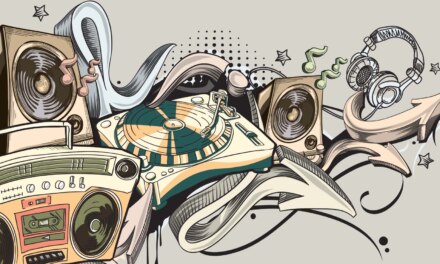

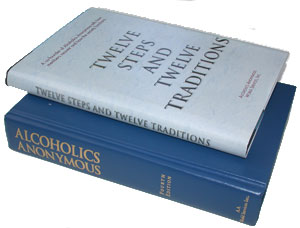


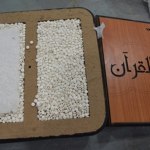

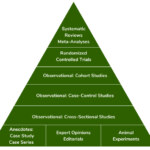

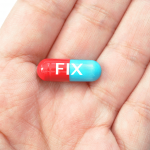

Trackbacks/Pingbacks